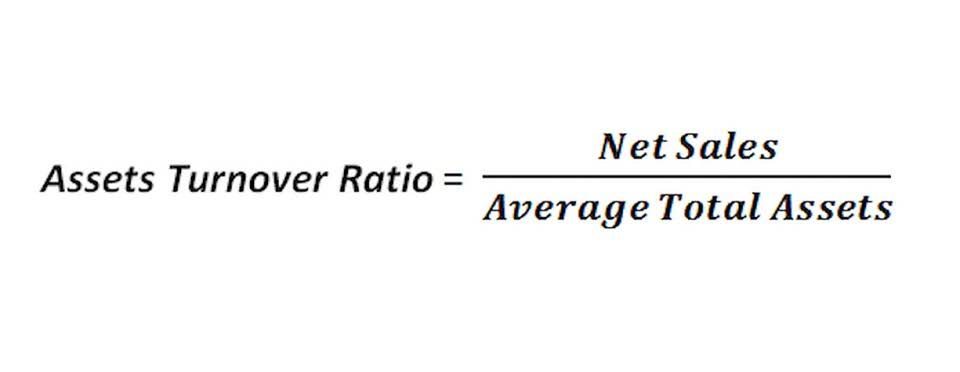
In the case of a limited liability company, capital would be referred to as ‘Equity’. However, because accounting is kept on a historical basis, the equity is typically not the net worth of the organization. Often, a company may depreciate capital assets in 5–7 Restaurant Cash Flow Management years, meaning that the assets will show on the books as less than their „real“ value, or what they would be worth on the secondary market. These are some simple examples, but even the most complicated transactions can be recorded in a similar way. This equation is behind debits, credits, and journal entries.
- As a core concept in modern accounting, this provides the basis for keeping a company’s books balanced across a given accounting cycle.
- The left side of a T-account is for debits, whereas the right side is for credits.
- A sole proprietorship is a business owned by one person, and its equity would typically consist of a single owner’s capital account.
- Each section of the balance sheet represents a component of the equation, and the totals must always be equal.
- It will become part of depreciation expense only after it is placed into service.
- If it’s financed through debt, it’ll show as a liability, but if it’s financed through issuing equity shares to investors, it’ll show in shareholders’ equity.
What Is an Asset in the Accounting Equation?
- ABC is a costing method that allocates overhead costs based on the activities that drive them.
- The owner’s equity is the balancing amount in the accounting equation.
- Owner’s equity is the residual interest or amount that assets exceed liabilities.
- The contra accounts cause a reduction in the amounts reported.
The accounting equation is based on the premise that the sum of a company’s assets is equal to its total liabilities and shareholders’ equity. As a core concept in modern accounting, this provides the basis for keeping a company’s books balanced across a given accounting cycle. This straightforward relationship between assets, liabilities, and equity is considered to be the foundation of the double-entry accounting system. The accounting equation ensures that the balance sheet remains balanced.
Sole Proprietorship Transaction #8.
This will be evidenced by the accounting equation and the company’s balance sheet. Income and expenses relate to the entity’s financial performance. Individual transactions which result in income and expenses being recorded will ultimately result in a profit or loss for the period. The term capital includes the capital introduced by the business owner plus or minus any profits or losses made by the business. Profits retained in the business will increase capital and losses will decrease capital.
Fundamental Managerial Accounting Concepts Pdf

For example, an increase in an asset account can be matched by an equal increase to a related liability or shareholder’s equity account such that the accounting equation stays in balance. Alternatively, an increase in an asset account can be matched by an equal decrease in another asset account. It is important to keep the accounting equation in mind when performing journal entries. The accounting equation is often expressed as an accounting formula and states that the sum of liabilities and equity is always equivalent to the total assets of the trial balance organization.


Yes, the accounting equation can be effectively applied to personal finances. Your assets (home, car, investments, cash) must equal your liabilities (mortgage, car loans, credit card debt) plus your personal equity (net worth). In a double-entry accounting system, every transaction affects at least two accounts.
- Think of retained earnings as savings, since it represents the total profits that have been saved and put aside (or “retained”) for future use.
- Accounting equation describes that the total value of assets of a business entity is always equal to its liabilities plus owner’s equity.
- As a result the bad debts expense is more closely matched to the sale.
- Drawings are amounts taken out of the business by the business owner.
- The accounting equation ensures that the balance sheet remains balanced.
- In other words, this equation allows businesses to determine revenue as well as prepare a statement of retained earnings.

For the accounting period of the four days ended December 4, there is no revenue or expense to be reported on the income statement. The accounting equation remains in balance since ASC’s assets have been reduced by $100 and so has the owner’s equity. Before explaining what this means and why the accounting equation should always balance, let’s review the meaning of the terms assets, liabilities, and owners’ equity.
It is the fundamental foundation of accounting that ensures financial statement accuracy. fundamental accounting equation If the equation is balanced then the financial statement can be prepared. Firms can get the data for total assets and total liabilities from the balance sheet which they can then use further in the accounting equation to determine the equity.
Custom financial reports

Essentially, the representation equates all uses of capital (assets) to all sources of capital, where debt capital leads to liabilities and equity capital leads to shareholders’ equity. Mastering the fundamental concepts and methods of managerial accounting is essential for effective decision-making and strategic planning. By understanding cost concepts, budgeting and forecasting, CVP analysis, and performance evaluation, organizations can enhance their financial performance and achieve their goals. This comprehensive guide provides a solid foundation for individuals seeking to excel in managerial accounting, empowering them to make informed decisions and drive organizational success. At the heart of HighRadius’s R2R solution is an AI-powered platform designed to cater to all accounting roles. One of the standout features of the solution is its ability to automate almost 50% of manual repetitive tasks.